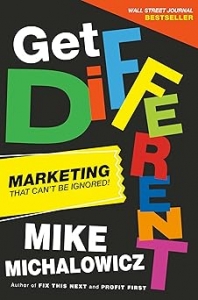In Telling What You Have to Offer, Show Them Who You Are
Some three years ago, in a Say It For You post entitled “Blogging to Offer – and Change – Opinion”, I emphasized a core belief I have about content marketing: “Providing information about products and services may be the popular way to write blog posts, but in terms of achieving Influencer status – it takes opinion.” A recent editorial in Wine Spectator Magazine reminded me of the crucial “op ed” aspect of our work….
As Wine Spectator editor and publisher Marvin Shanken explains, “We believe that evaluating wines blind ensures that our tasters remain impartial and that our reviews are unbiased, with all wines presented on a level playing field.” Shanken admits that not all wine critics share this approach. Some argue that it’s all right to review wines alongside the winemakers themselves, believing that honesty and independence can overcome the expectations triggered by knowing the identity of a wine, its reputation and its price.
In “Differentiate, differentiate, and Differentiate” (back in September of this year), I explained that, in content marketing, we identify the unique qualities of our client’s products and services, highlighting the differences between those and the ones offered by competitors. As Carol Kopp explains in Investopedia.com, those differences might relate to product design, marketing, packaging, location convenience or pricing. The piece “Why We Taste Blind”, though, goes much deeper than that, showcasing a fundamental difference in philosophy between Wine Spectator tasters and those of some of the publication’s competitors.
There’s an important content marketing lesson here, in my opinion. In just about any field, there will be controversy – about best business practices, about the best approach to providing professional services, about acceptable levels of risk, even about business-related ethical choices. Rather than ignoring that controversy, we need to help clients weigh in on those very choices and issues. Their readers need to know what’s most important to them, what their vision is in terms of serving their audience.
In doing what our English teachers used to call “compare and contrast”, I want to add, it’s important to emphasize the positive. Rather than “knocking’ competitors, marketers need to focus on demonstrating what this company or practice values and the manner in which the owners believe their products and services are best delivered to their customers.






Follow us online!